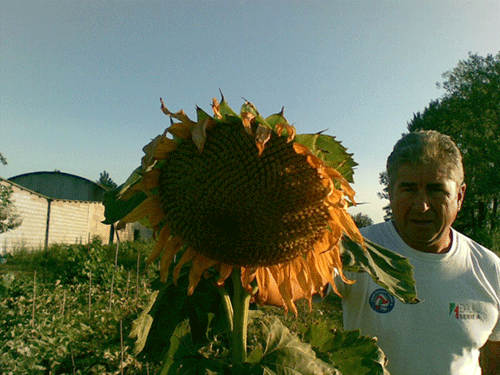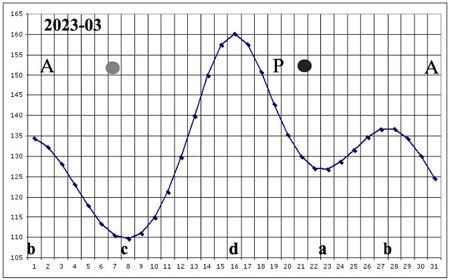Managing the germinative power in seeds before sowing.
In agriculture, the quality and quantity of crops are subjected to various variables, including the degree of ability of the seeds to germinate. This study focuses on this variable.
The seeds lose their ability to germinate over time, due above all to temperature and humidity.
It is currently believed that this happens gradually, and without the possibility of recovery.
Degree of grain viability varies in both directions.
Instead, we will see how the ability of the seeds to germinate varies, in a completely natural way, in both directions, when the cumulative-dissipative cycle is taken into account in the sowing procedure, as I was able to observe during some experiments.
A little loss of germination capacity, in a cumulative phase, is, for the subsequent dissipative phase, functional to the recovery, which will be greater than the loss that there was in the cumulative phase, above all when the procedure recommended here is followed.
Indeed, it is precisely the alternation of loss and recovery of germinative power of the seeds, which keeps them able to germinate for a long time.
If there is no such alternation.
If there is no such alternation, according to the cycle, the loss of germinative power occurs according to current theory, because of temperature, humidity and passage of time.
Instead, if the farmer prepares the seeds for sowing, and then proceeds to saw them, in accordance with said cycle, their power to germinate is increased, as well as the crops that will follow.

The purpose of this itinerary is to show the farmer how said cycle works in the seeds, limiting the theory to the minimum, just the one useful to operate.
--- 2 ---
How the cycle is activated (in theory)
In short, the cycle is managed by the angular movement of the seeds relative to other matter, operative at critical values of angular velocity, and by exchanges of heat consistent with said movement.
The seed is in a cumulative phase when its angular movement, with respect to other matter, is increasing, and when at the same time it can accumulate heat.
The seed is in the dissipative phase when its angular movement, with respect to other matter, is decreasing, and when at the same time it can dissipate heat.
How the cycle is activated (in practice).
Most of the time, the seeds are stationary relative to the ground, but moving relative to the Moon.
In practice, it is precisely the angular movement of the seeds with respect to the Moon that activates the cumulative-dissipative cycle, and that keeps them germinable over time.
The efficiency of the cycle depends on the amount of heat exchanges, towards the seed in the cumulative phase, towards the outside in the dissipative phase. It also depends on the length of time in which the angular velocity of the seed with respect to the Moon is in one of the critical ones.
--- 3 ---
The cumulative-dissipative cycle in seeds.
angular velocity of the Moon around the Earth
cumulative-dissipative cycle
The angular velocity, given as hourly average, of the delay recovering of the Moon, on its revolution around the Earth, defined in 86400 deltins, performed during one sidereal month.

This calendar indicates when the seeds, stationary with respect to the soil,
(1) they are in the cumulative phase (periods b-c; d-a),
or (2) are in the dissipative phase (a-b; c-d).